The naga
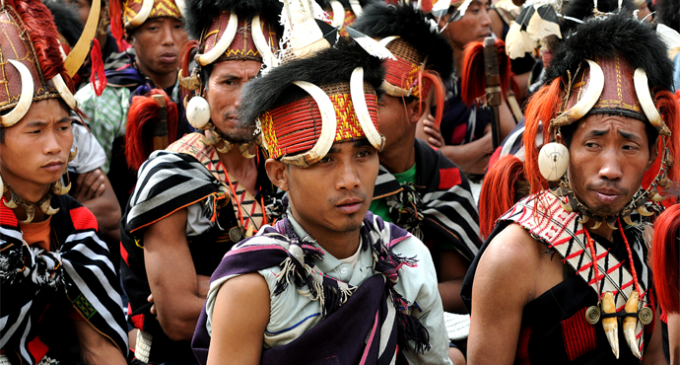
The Naga live in the mountain ranges on the border area between Myanmar and India. In the west is India, to the east is Kachin State, in the south is Chin State and in the north is the Parkcoin Mountain ranges. The terrain is extremely steep which makes travelling around the area virtually impossible. The weather is also challenging with frequent unexpected rain and deep mist.
The Naga live in Khamti, Homalin, Lahe, Lashi and Nanyon Townships in the Sagaing Region. They also settled in Manipura, Tripura, Maghalarya, Nagabalin, as well as Ahrunachar Pradesh State in India.
The Nagas were a single genealogy when they migrated into Myanmar. They split up into four main groups, the Sumaya Naga, Htangan Naga, San Naga and Haimhyi Naga, who settled in villages far away from each other. From these four groups, 64 Naga tribes have arisen. As it was difficult to travel between the villages due to the terrain, each group has developed slight differences in their language, traditions and customs.
The Naga’s traditional New Year Festival is held annually on the 15 January. It is an opportunity for all the tribes to come together to catch up with old friends and family members, pray together and have fun.
Before 1956, each tribe and village held their own New Year Festival, and there were very limited opportuni ties for all the Naga people to come together. The relationships between the tribes was suffering due to their isolation from each other, so the Chief of the Naga tribe decided that a gathering of all the tribes should be held once a year. The Festival is now held annually and its location alternates among the Naga cities of Khamti, Homalin. Layshi, Lahe and Nangyon.
The Naga tribe are Tibeto-Burman and their facial features and physique is similar to the Kachin and Chin. The name Naga comes from Nankar and is based on Bangali and Hindustani language. In the past the Naga were very war-like and waged was on other villages, sometimes sacrificing the headman of the village. They used to only clothe their lower bodies, but nowadays they wear more modern dress.
By – Artist Hla Myint Swe
Photo by – Artist Hla Myint Swe
./wp-content/uploads/2018/10/Emirate-Online-TDY.png)







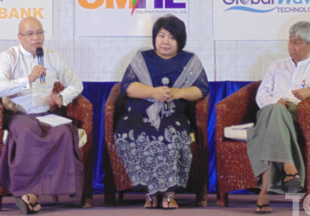
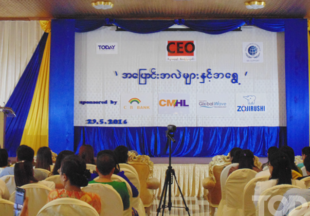
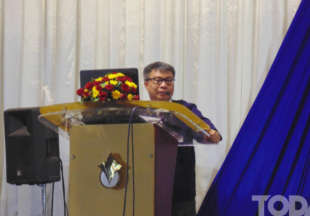
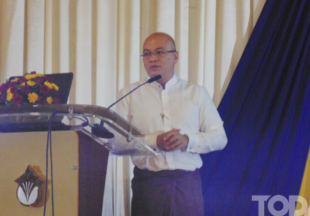
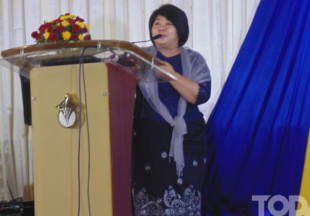
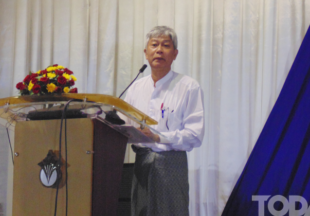
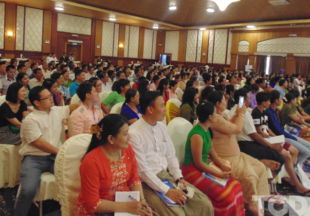
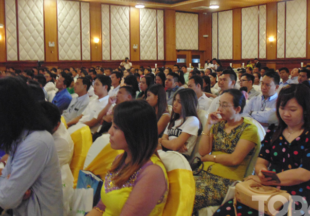

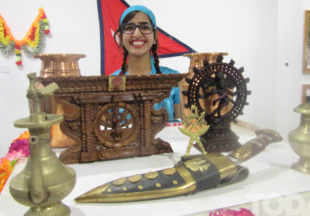
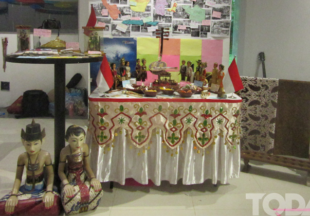
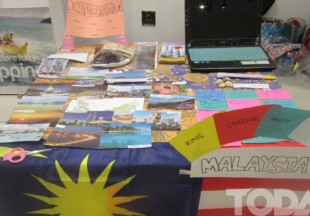
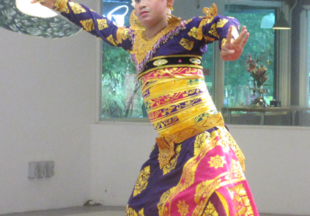
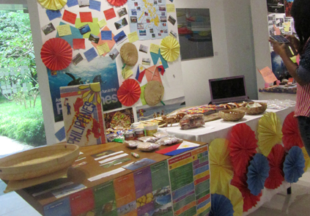
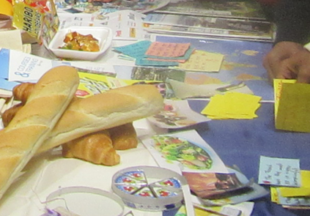

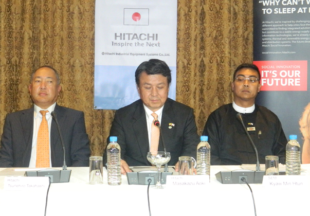
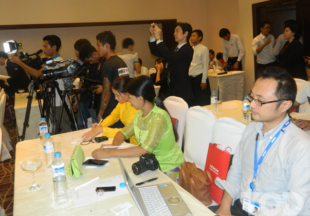
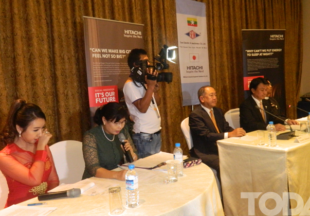









There are no comments at the moment, do you want to add one?
Write a comment